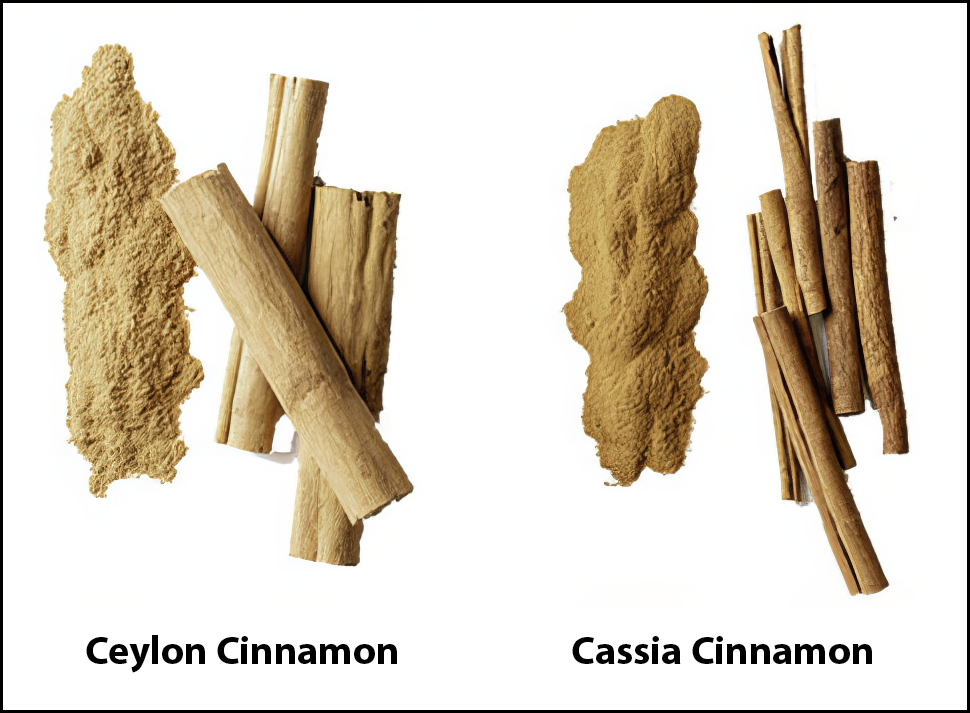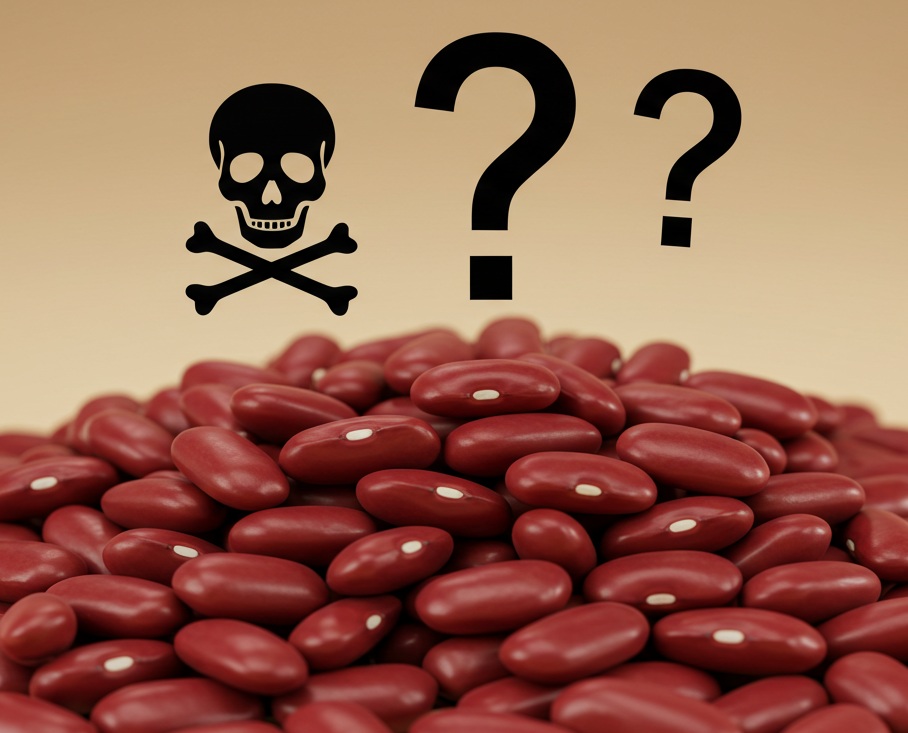I am not talking about subtle flavor differences here! Rather, what most people don’t know is that what is labeled “cinnamon” in the grocery store can be from two entirely different plants and have very different flavor profiles. And worse, one kind of cinnamon can be toxic. Whoa, hold that cinnamon toast maybe?
Both types of cinnamon are made from the inner bark of the Cinnamomum tree. The bark is dried until it curls into rolls, which are usually ground to a fine powder. Turns out, however, there are two species of Cinnamomum tree, and they produce very different products.
Ceylon cinnamon, sometimes called true cinnamon, comes from the bark of Cinnamomum verum. The name is because the tree is native of Sri Lanka, which was called Ceylon during colonial times. These days it is cultivated in many locales. Cassia cinnamon is derived from the bark of Cinnamonum cassia, and is native to China and Southeast Asia.
From a culinary perspective, Ceylon cinnamon has a more delicate and “sweet” flavor, sometimes described as being citrusy with floral notes. It is preferred for desserts, teas, and subtle dishes. In contrast, cassia cinnamon is bold, spicy, and slightly bitter. It is considered more appropriate for savory dishes, baked goods, and spice blends such as garam masala. Cassia cinnamon has a reddish hue and the quills (sticks) comprise a single layer and are hard to break. Ceylon cinnamon is more a light brown and the quills have multiple layers and are easy to break. It must be noted that both are perfectly acceptable for typical culinary uses.
Now what about this “toxic” business? Cinnamon contains coumarin, an organic compound that can be toxic to the liver and cause other health problems. True (Ceylon) cinnamon has very small and perfectly safe amounts, but Cassia cinnamon has significantly higher levels, as much as 250 times as much! As little as one teaspoon of cassia cinnamon can exceed the recommended maximum daily dose. People with liver disease should be mindful, particularly if cinnamon is being used as a daily supplement and not as a cooking ingredient.
Note that the coumarin found in cinnamon is totally different from the drug coumadin (also called Warfarin) that is administered medically as an anticoagulant or blood thinner.
What about Saigon or Vietnamese cinnamon? It is just cassia cinnamon under another name, and the same concerns about coumarin apply.
How do you know what you are getting? Most cinnamon sold in the US is cassia cinnamon and it is rarely if ever labeled as such. Ceylon cinnamon is almost always labeled because it is more expensive











